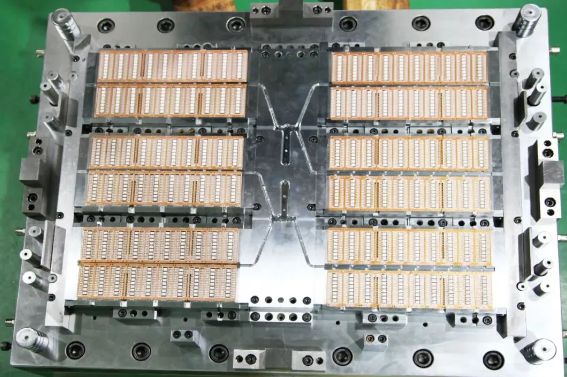|
|
How to improve the service life of molds? Mold maintenance standards must be in place!
Mold plays an extremely important role in modern industry, and its quality directly determines the quality of the product. Improving the service life and accuracy of molds, shortening the manufacturing cycle of molds, is a technical problem that many enterprises urgently need to solve. However, failure forms such as collapse, deformation, wear, and even breakage often occur during the use of molds.  Semiconductor packaging molds are important fixtures to ensure that semiconductor components meet the manufacturer's product quality requirements. Usually, semiconductor packaging molds are placed on the packaging machine, and the upper and lower workbenches of the packaging machine are fixed. The lower workbenches can move up and down, and the extrusion rod runs out from the center of the lower workbenches, completing the packaging action one by one. The working principle is to place the frame with soldered chips and leads in the designated position of the mold, put the plastic sealing adhesive into the extrusion hole of the mold, and close the mold under the action of the closing oil cylinder of the plastic sealing machine. After reaching a certain pressure, the extrusion rod begins to work, and the plastic sealing adhesive quickly enters the mold cavity through the high-temperature diversion channel and gate. After a period of curing time, it can be molded and taken out, and then cut and formed to form a finished component. Due to the fact that the working temperature of the mold is usually around+180 degrees Celsius, which is exactly within the low-temperature tempering temperature range of the steel, and the high-speed material flow containing silicon in the plastic sealing raw material has a significant relative velocity between the flow channel and the mold cavity wall. Therefore, the mold is prone to failure, resulting in the inability to guarantee the tolerance size of the plastic sealing parts, the lack of gloss of the plastic sealing parts, and the generation of defective products such as burrs. 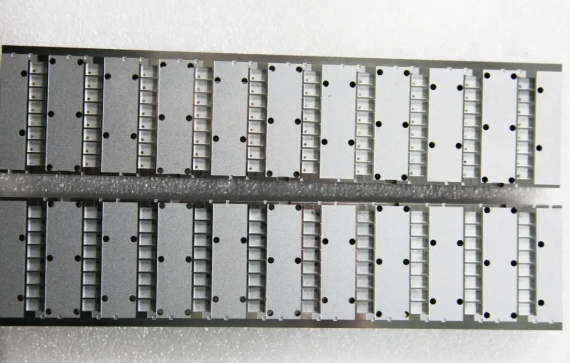 There are many types of defects in plastic parts, and the reasons are also very complex, including the direction of the mold and the process conditions. The two are often intertwined. Before repairing the mold, a detailed analysis and research should be conducted based on the actual situation of the defective plastic parts, to identify the causes of plastic defects and propose remedial measures. The use process of molds can be divided into three stages: ① The new mold period can also be called the running in period. The new model was used for the first time on the machine, and the coordination between various parts did not reach the optimal state. The appearance of the product was good, but the yield was not very high.  ② After a period of running in, the mold enters its service life. During this period, all parts of the mold open and close smoothly, operate smoothly, achieve the best product quality, and have the highest yield. 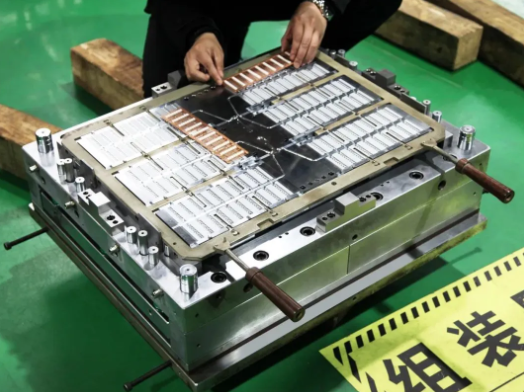 ③ After multiple uses and repairs, the wear and tear of the mold becomes heavier, the product quality decreases, the capacity increases, and the yield decreases. This period is called the end of use period. Mold maintenance is an important step in improving product quality and extending the lifespan of molds. The mold needs to undergo multiple repairs after entering its service life. Improper maintenance during semiconductor packaging mold repair can greatly shorten the mold's lifespan, leading to a decrease in mold efficiency and product quality. Mold maintenance is the process of maximizing the effectiveness of mold usage and extending the lifespan of the mold to the greatest extent possible. 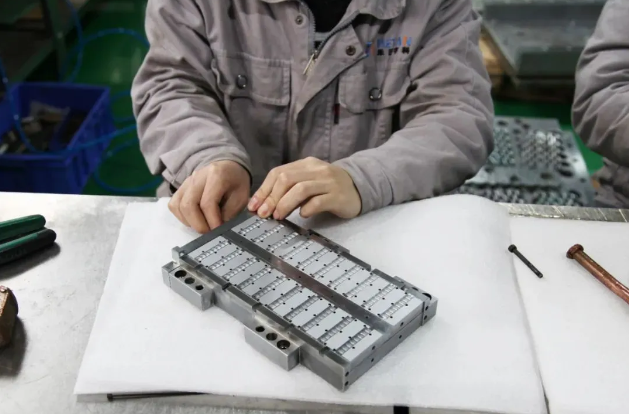 In recent years, the electronic industry has developed rapidly, and the requirements for the electrical performance, heat dissipation, and solderability of semiconductor devices have become increasingly high. If plastic sealing glue is adhered to the heat dissipation fins of semiconductor devices, it will affect the heat dissipation effect, cause the device temperature to rise, reduce the normal service life of the device, and even damage the machine; If plastic is adhered to the lead pins of the device, it will reduce the solderability of the device and cause virtual soldering. Therefore, it is very important to prevent and repair the failure of semiconductor packaging molds, especially for large semiconductor packaging molds with hundreds of cavities, which require higher requirements. The main forms of mold failure include surface wear, surface peeling, surface cracks, etc. Most failed molds can be repaired using appropriate repair techniques to restore their performance. 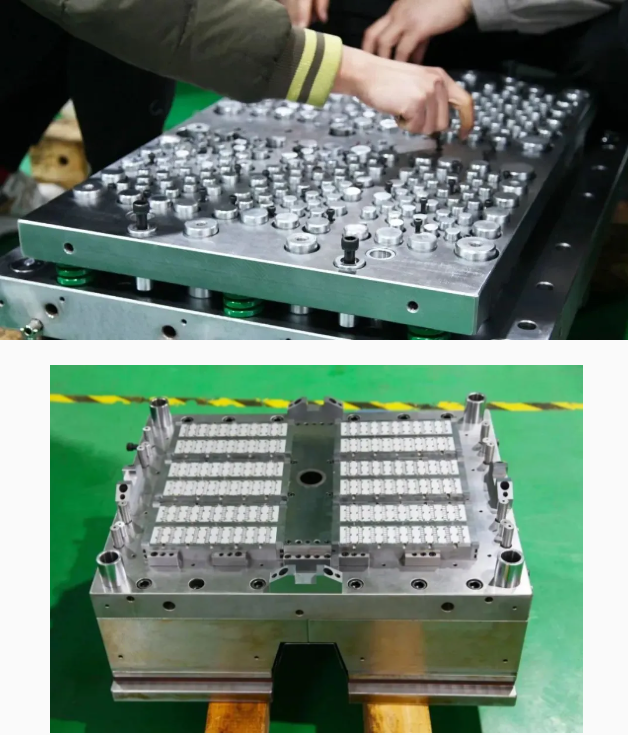 During operation, the mold comes into contact with the forming material and generates relative motion. The phenomenon of gradual loss of material on the contact surface due to relative motion is called wear. Mainly manifested in a decrease in surface smoothness of the mold cavity, oversized mold dimensions, and surface erosion failure. This is the most common form of failure in semiconductor plastic packaging molds. 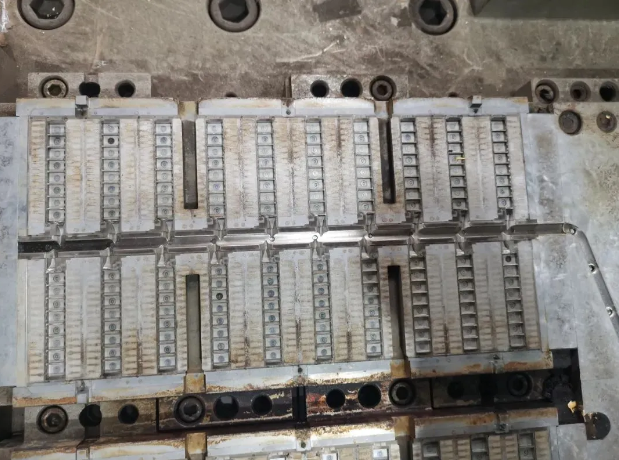 Wear failure can be divided into the following types: (1) Fatigue wear: The phenomenon of surface metal fatigue detachment under the action of cyclic stress (mechanical stress and thermal stress) when the contact surface is in relative motion. (2) Erosion and wear: The phenomenon of liquid and solid small particles repeatedly impacting the surface of the mold at high speed, causing local material loss on the surface of the mold, forming pits and pits. (3) Wear and tear: During the friction process, chemical and electrochemical reactions occur between the surface of the mold and the surrounding medium, coupled with the mechanical effect of friction, causing the phenomenon of surface material detachment. The situation of wear failure is very complex, and wear generally exists in more than one form, often coexisting in multiple forms and influencing each other. Due to the thin hardening layer on the surface of the mold, insufficient deformation resistance, or the working temperature of the mold being higher than the tempering temperature, a structural transformation occurs, causing the mold to deform and fail. Semiconductor packaging molds bear significant and uneven stress during service. When the stress in a certain part of the mold exceeds the yield limit of the mold material at the current temperature, plastic deformation will occur through lattice slip, twinning, grain boundary slip, etc., changing the geometric shape or size, and cannot be repaired before service, which is called plastic deformation failure. The failure forms of plastic deformation are manifested as cavity swelling, collapse, etc. This is the most harmful form of failure for semiconductor packaging molds. The shape of semiconductor packaging molds is complex and prone to stress concentration. Therefore, semiconductor packaging molds must not only ensure good surface hardness and wear resistance, but also have sufficient toughness. When the mold has large cracks or separates into two or several parts and loses its service capacity, it is considered fracture failure. Fracture can be divided into plastic fracture and brittle fracture. The mold material is mostly medium to high-strength steel, and the form of fracture is mostly brittle fracture. Brittle fracture is divided into one-time fracture and fatigue fracture. 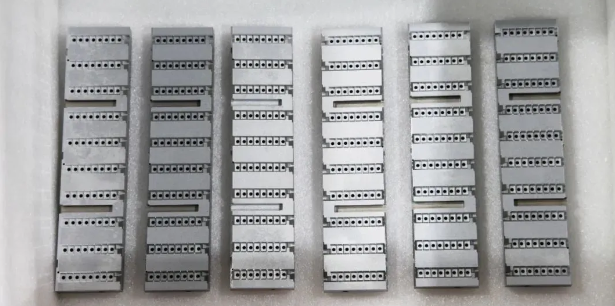 Due to the complexity of mold manufacturing processes, long production cycles, and high processing costs, especially for precision and complex molds or large molds, the manufacturing and processing costs can reach hundreds of thousands of yuan. If the mold fails early, it will cause significant economic losses to the enterprise. Therefore, applying various repair techniques to repair failed molds, restoring their performance and putting them back into use can achieve the goal of extending the service life of molds, reducing costs, and improving economic benefits. Usually, the process of mold repair is as follows: (1) Process: Analyze the cause of the repair → Develop a repair plan and method → Perform the repair → Test and verify the mold. (2) Repair operation process: inspect the mold → dismantle the damaged parts → clean the parts → analyze, verify, and determine the cause of repair → equip and repair the damaged parts → replace and repair the parts → assemble the mold → test and verify the mold. 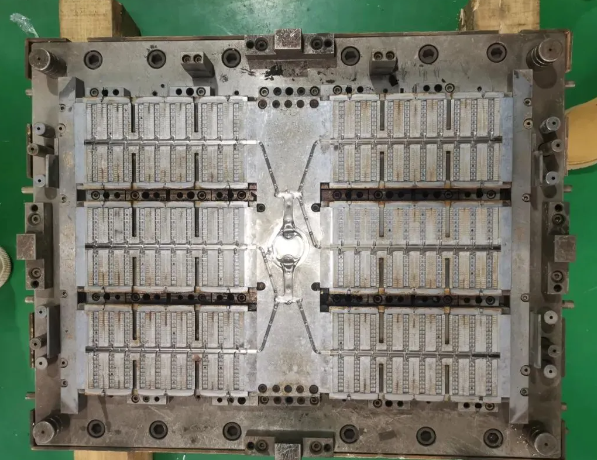 <Before mold maintenance> 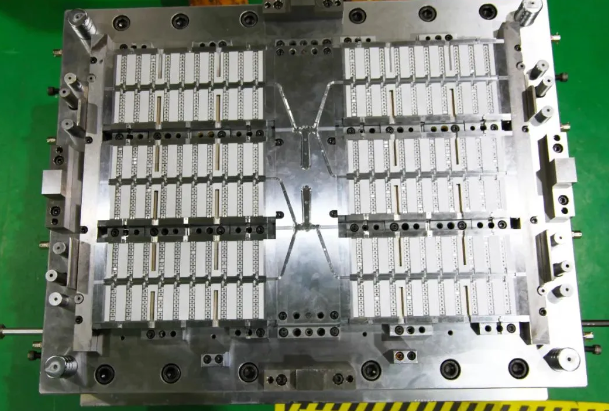 <After mold repair> Molds, especially semiconductor packaging molds, not only work at high temperatures, but also withstand wear, compression, impact, and cold and hot fatigue effects. Easy to damage during use, resulting in reduced service life. When the surface of the mold is worn or scratched, as long as the degree is not severe, it can be repaired to extend the service life of the mold. Mold failure is a comprehensive and diversified problem, related to many factors such as mold structure, working environment, processing methods, maintenance management, etc. It is necessary to analyze specific problems and take different preventive measures for different influencing factors to effectively prevent mold failure and increase mold life. Repairing molds should be more cautious and not taken lightly without full confidence. The reason is that once the mold conditions are changed, major modifications and restoration to its original state cannot be made. 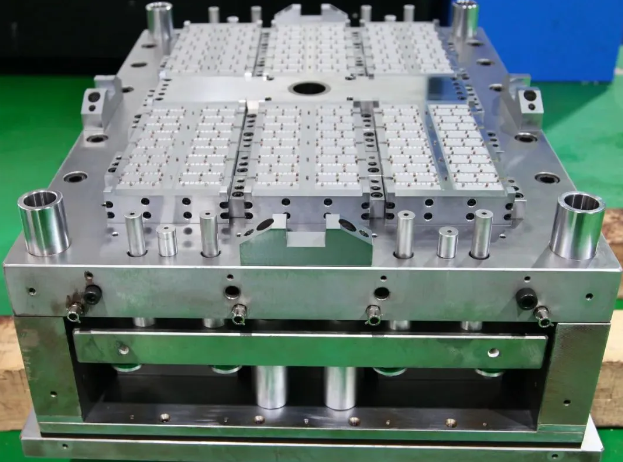 Disclaimer: This article comes from Qitai Intelligent, and the copyright interpretation right is owned by the original author. The views in the article are only for sharing, and do not represent the position of this official account. Contact for infringement or deletion |

